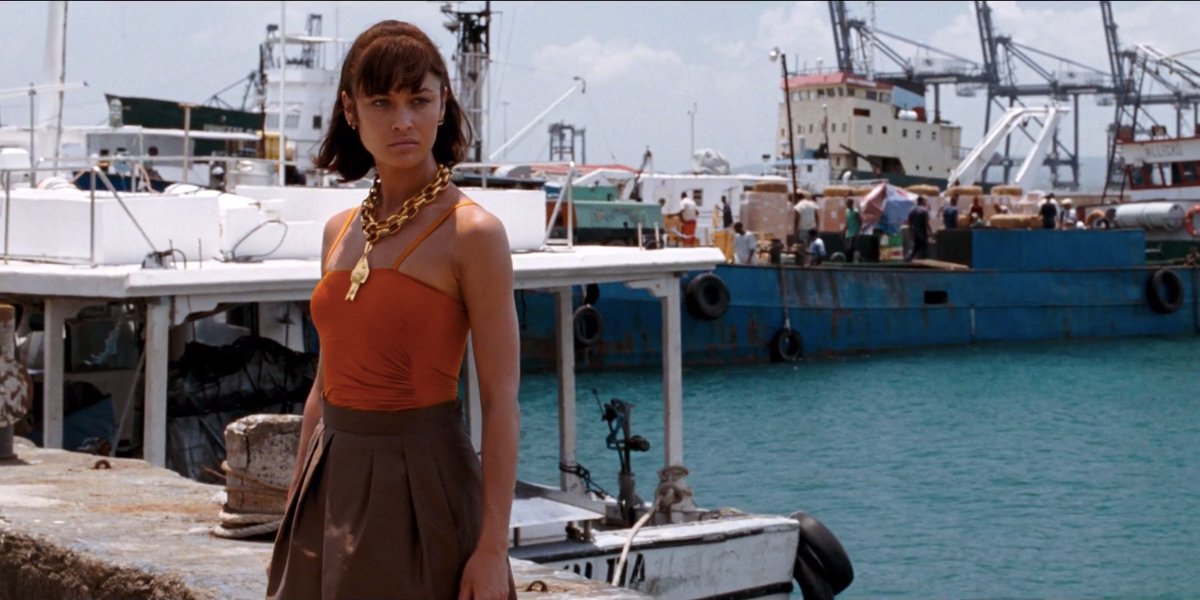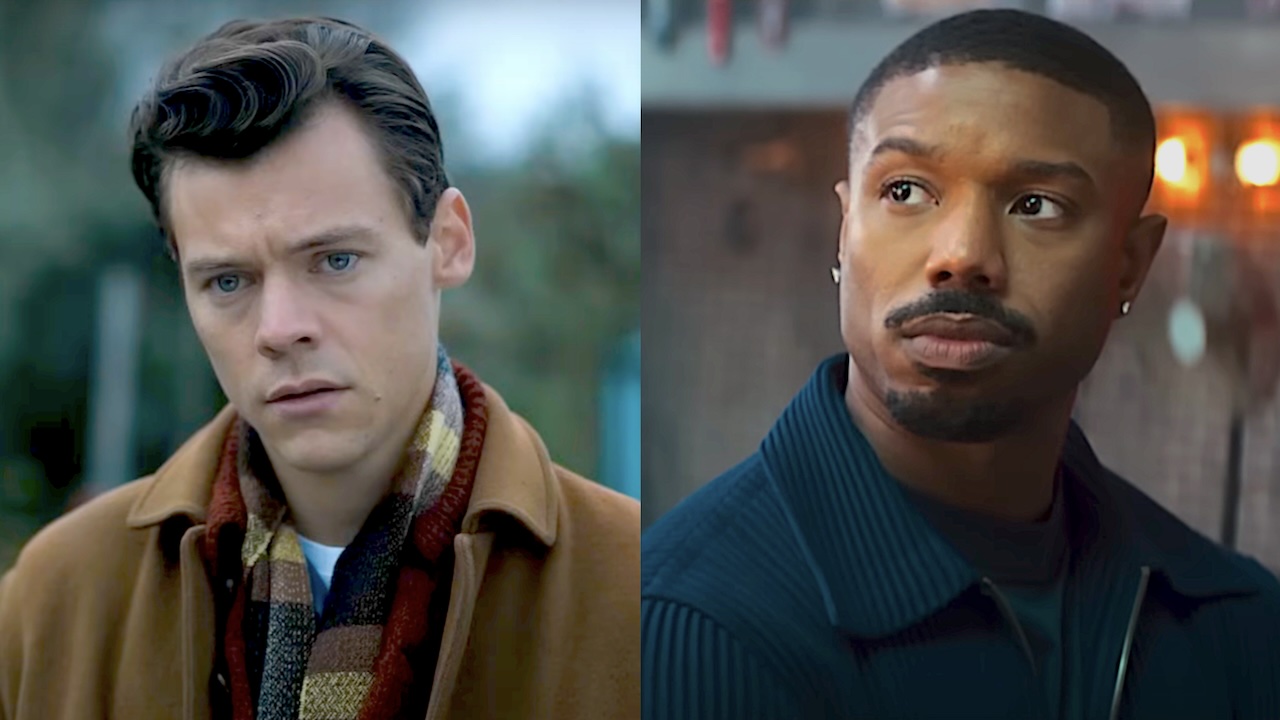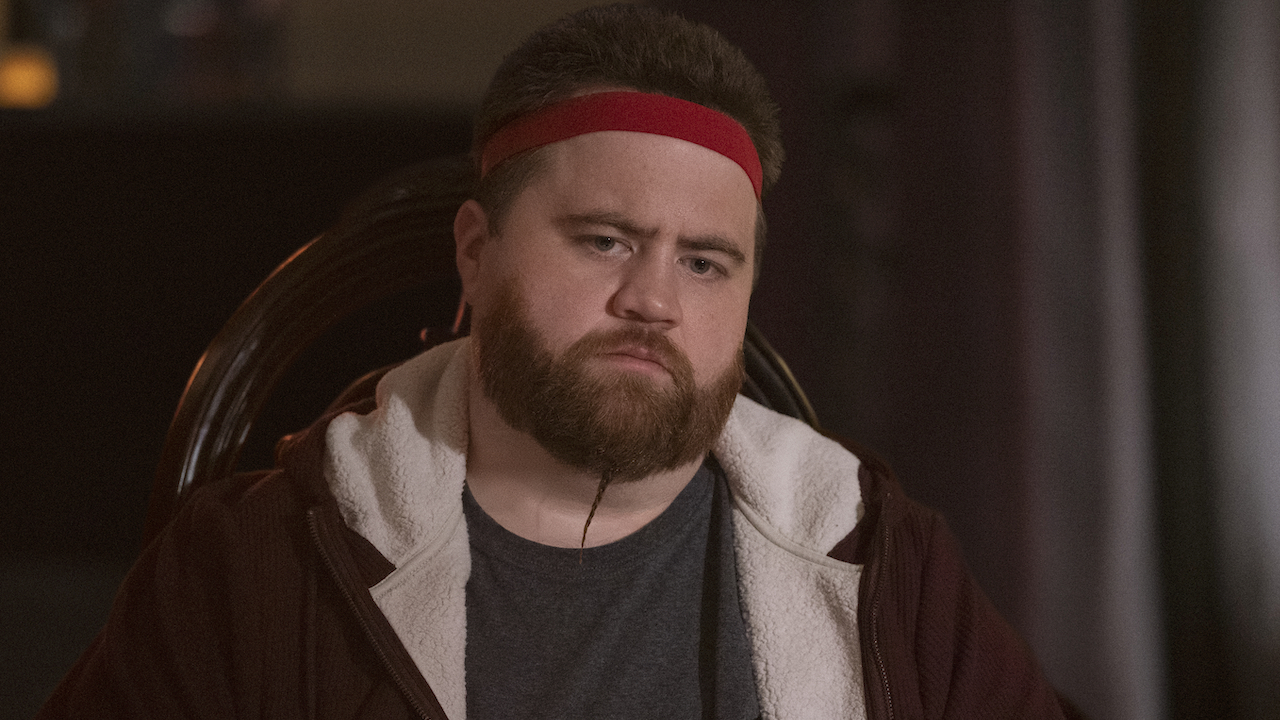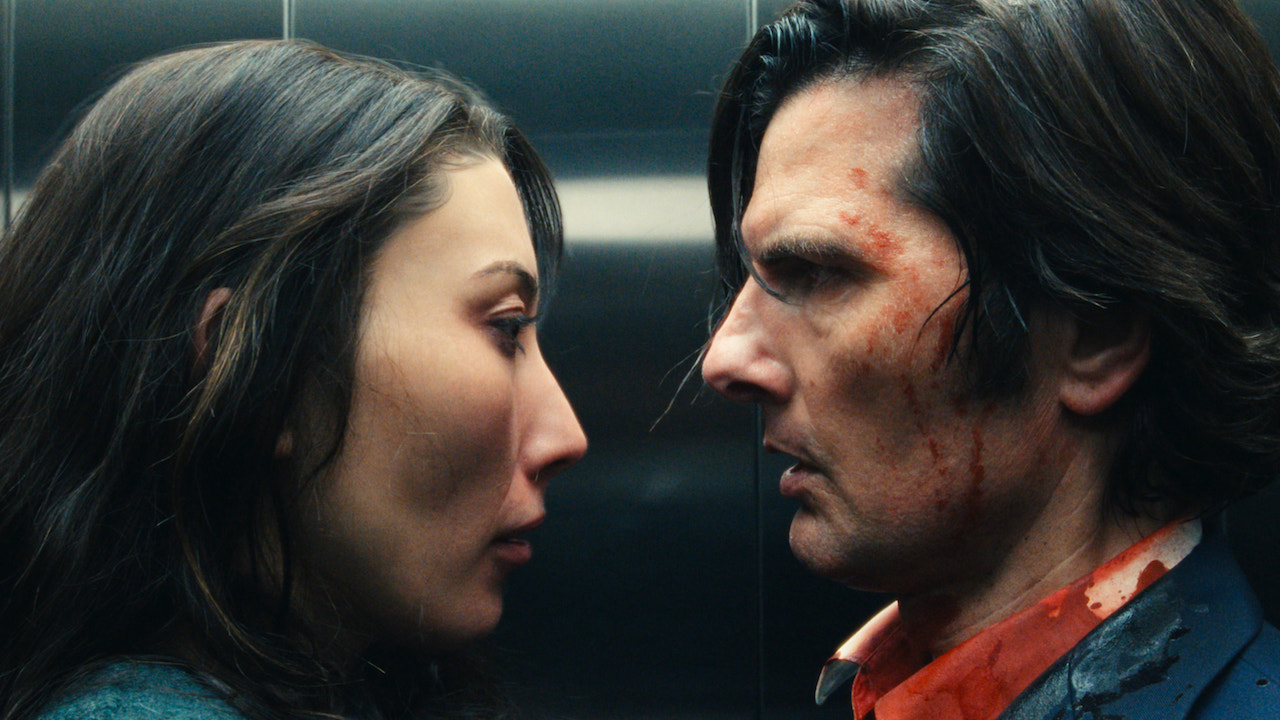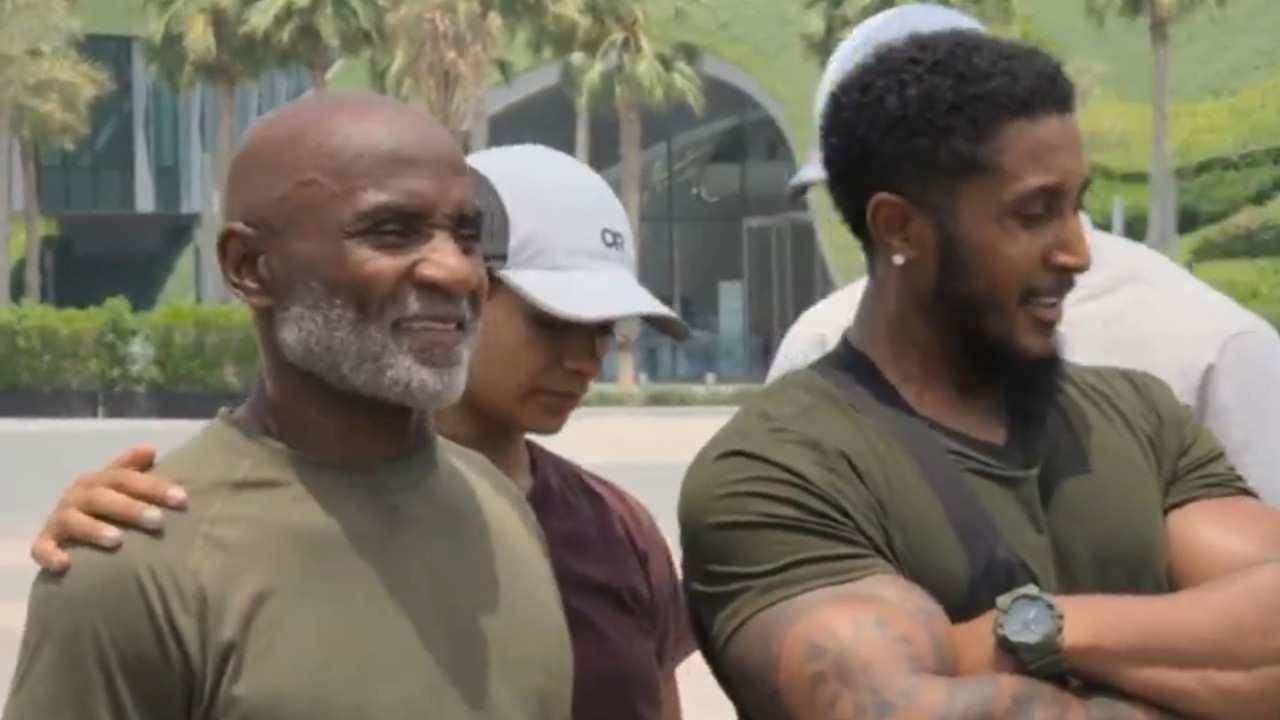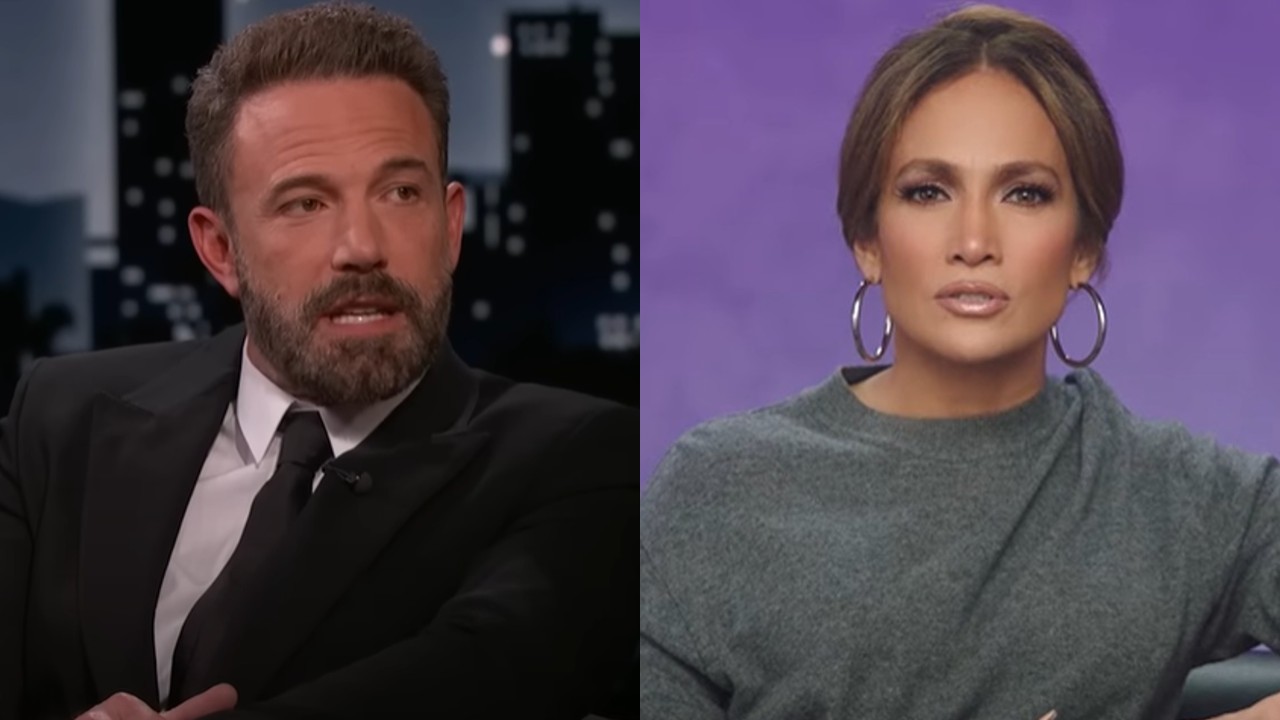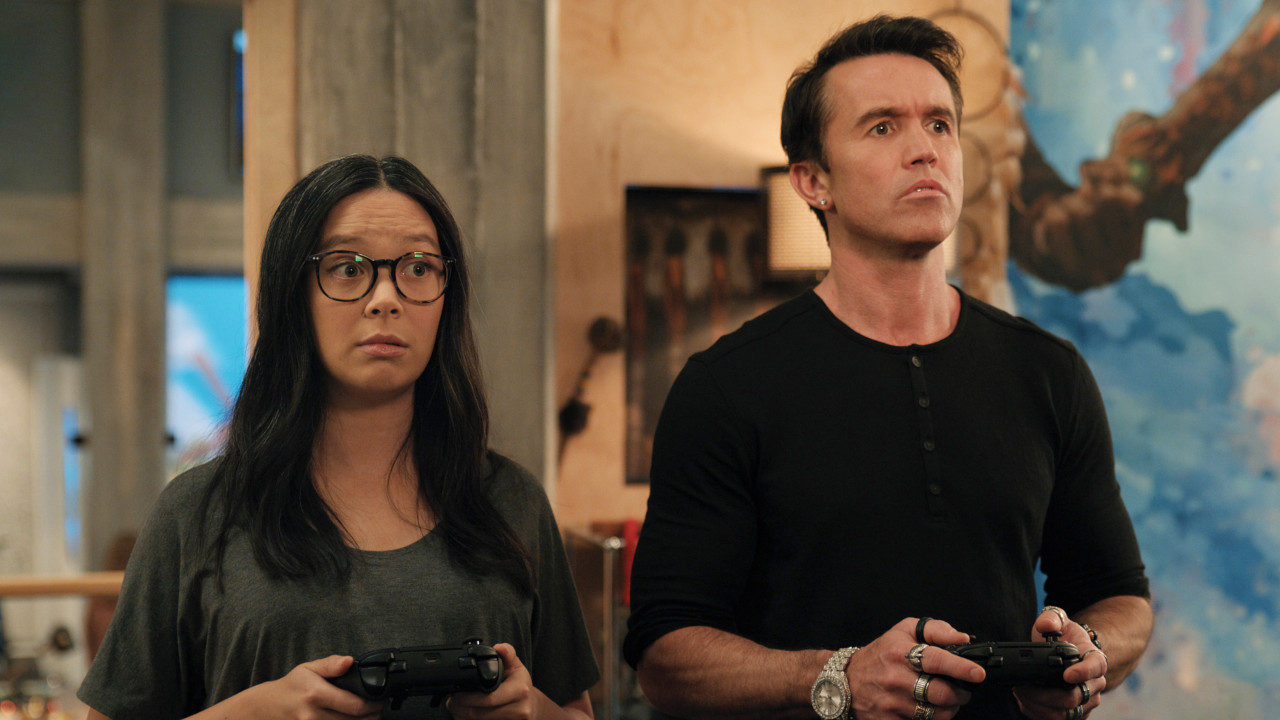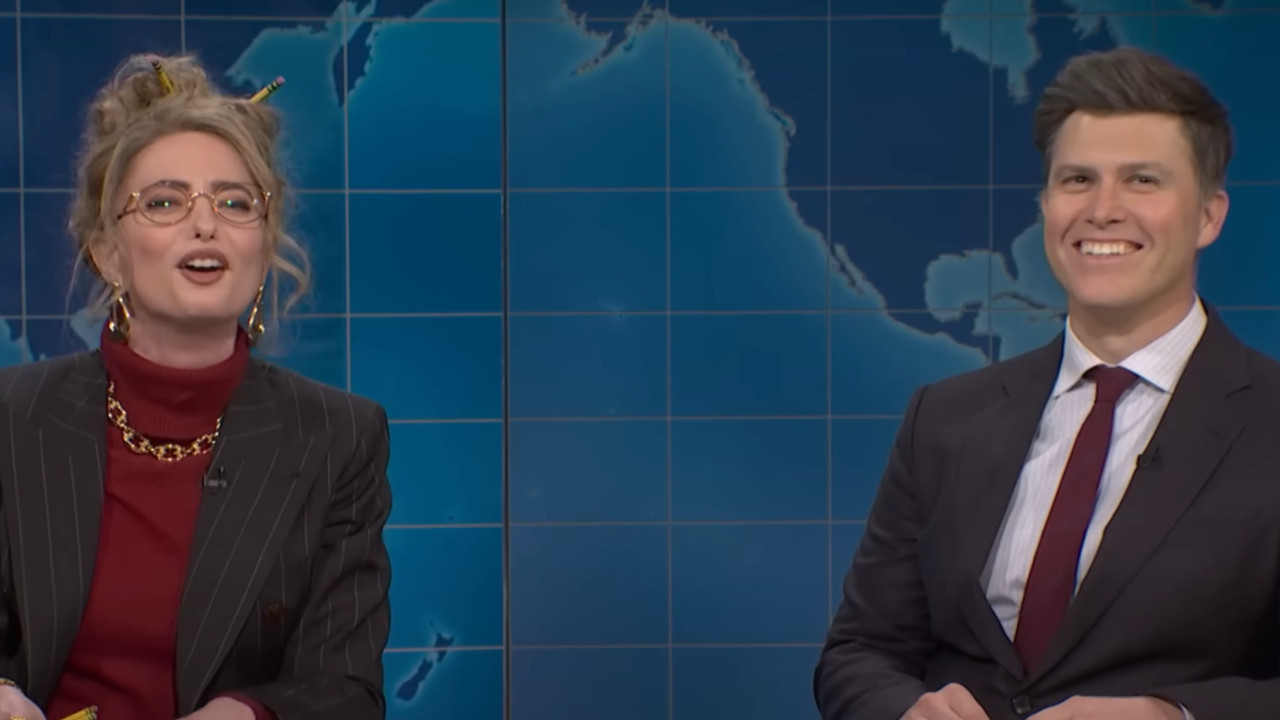How Quantum Of Solace Defined The Daniel Craig Era Of James Bond
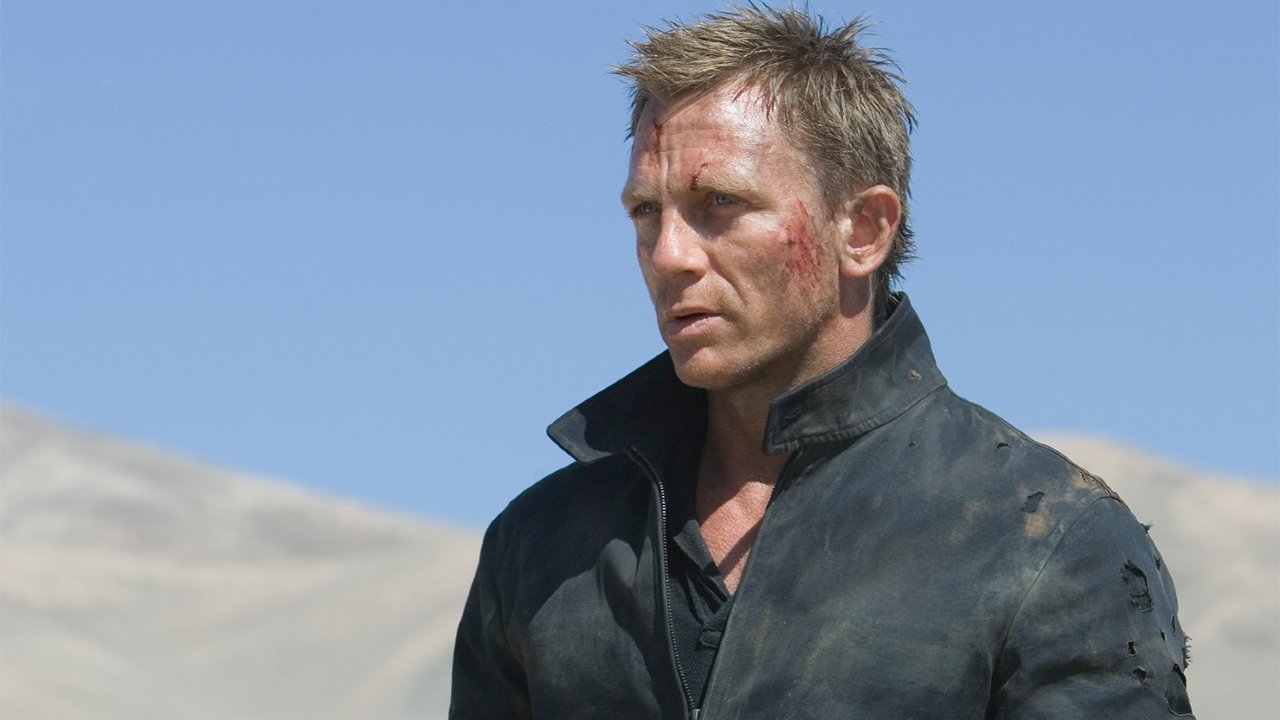
When we last left James Bond, 2006’s Casino Royale had introduced us to the Daniel Craig era, and all that it stood for. Breaking box office ground with what was then the most successful 007 movie to date, the way forward could have gone anywhere. Bond was at a crossroads, with tradition and innovation beckoning on either side of the fork in the road. For better or worse, 2008’s Quantum of Solace took the latter path, blazing a trail that defined the Daniel Craig era of James Bond. Though recent marketing and fan feedback have made this the Craig film “we don’t talk about,” that’s an unfair image.
While it's likely you've seen Quantum of Solace, in the event that you haven't, major spoilers ahead!
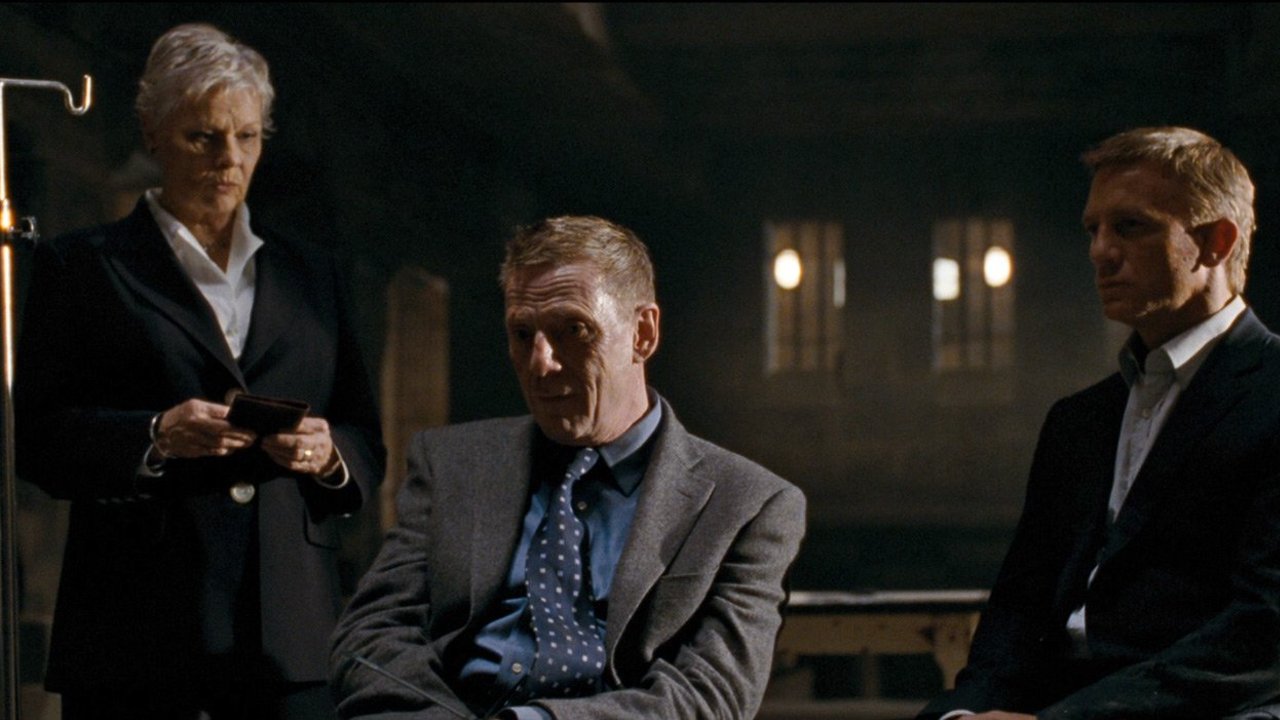
Previously On Casino Royale, Or How Quantum Of Solace Brought Continuity To Modern Bond
While Quantum of Solace was “never meant to be as much of a sequel as it was” to Casino Royale, the 2007-2008 writer’s strike left Daniel Craig and director Marc Forster to craft the way forward with only an unfinished draft. Thanks to fate, Quantum of Solace became the first step to the serialized path Craig’s 007 would walk down. Continuity was now on the menu, and it’d be a decision that would define the franchise’s future.
Picking up right where Casino Royale left off, Quantum of Solace saw James Bond exfiltrating Mr. White (Jesper Christensen) to an MI6 safe house for interrogation. Kicking off with a high octane car chase, the newly minted Bond wasted no time getting back into the game. The real world had to wait two years for this development, but for James Bond, very little time had passed.
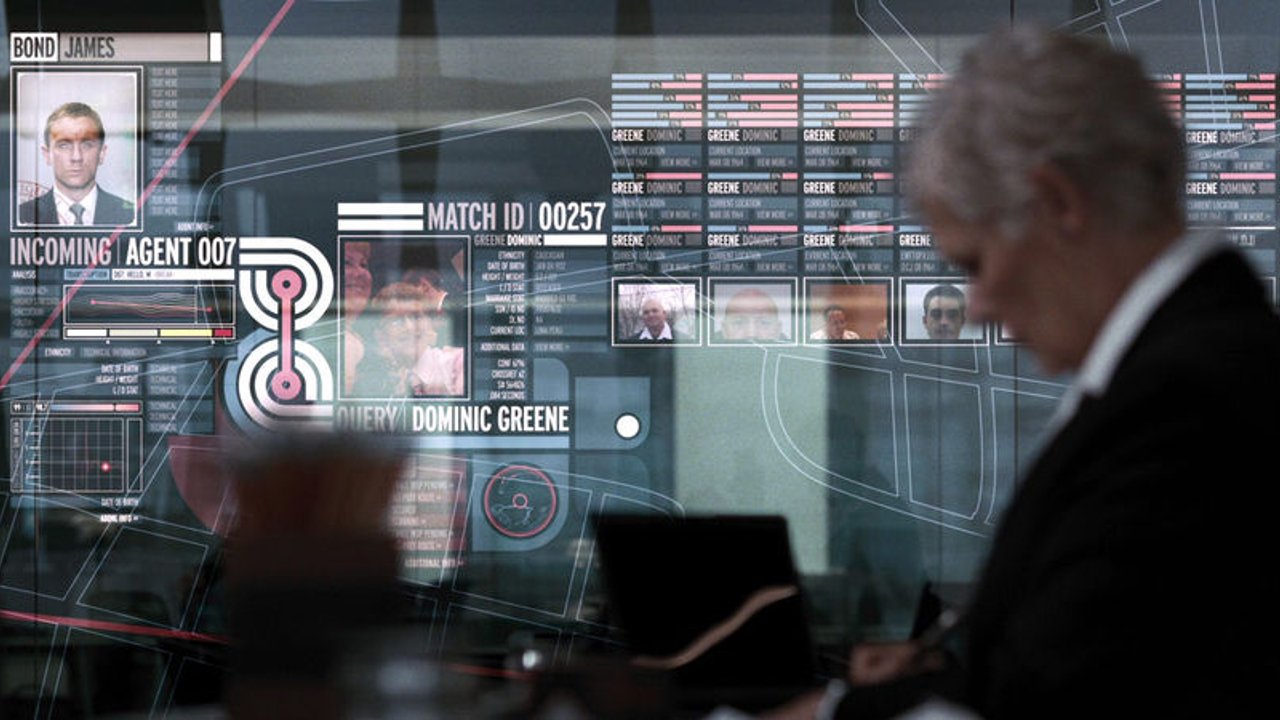
Introducing Quantum, The Modern SPECTRE
Through the interrogation of Mr. White, Daniel Craig’s James Bond finally found a larger enemy. While meant as a stand-in for SPECTRE, due to rights issues, Quantum helped bring 007 into a modern era of distrust and shadowy conspiracy. Best described by Dominic Greene (Mathieu Amalric), both Quantum and eventually SPECTRE could be best summed up as follows:
...you should know something about me and the people I work with. We deal with the left or the right, with dictators or liberators.
Mr. White continued to be an important figure in this follow-up, as his interrogation reveals that Quantum has people everywhere. Vesper Lynd was only the beginning, as she was being cajoled by the terror organization to betray MI6. We eventually learn that Quantum has ties to pretty much any government you could think of, with highlighted examples being Mitchell (Glenn Foster), one of M’s personal guards, and Guy Haines (Paul Ritter), a “special advisor to the British Prime Minister.”
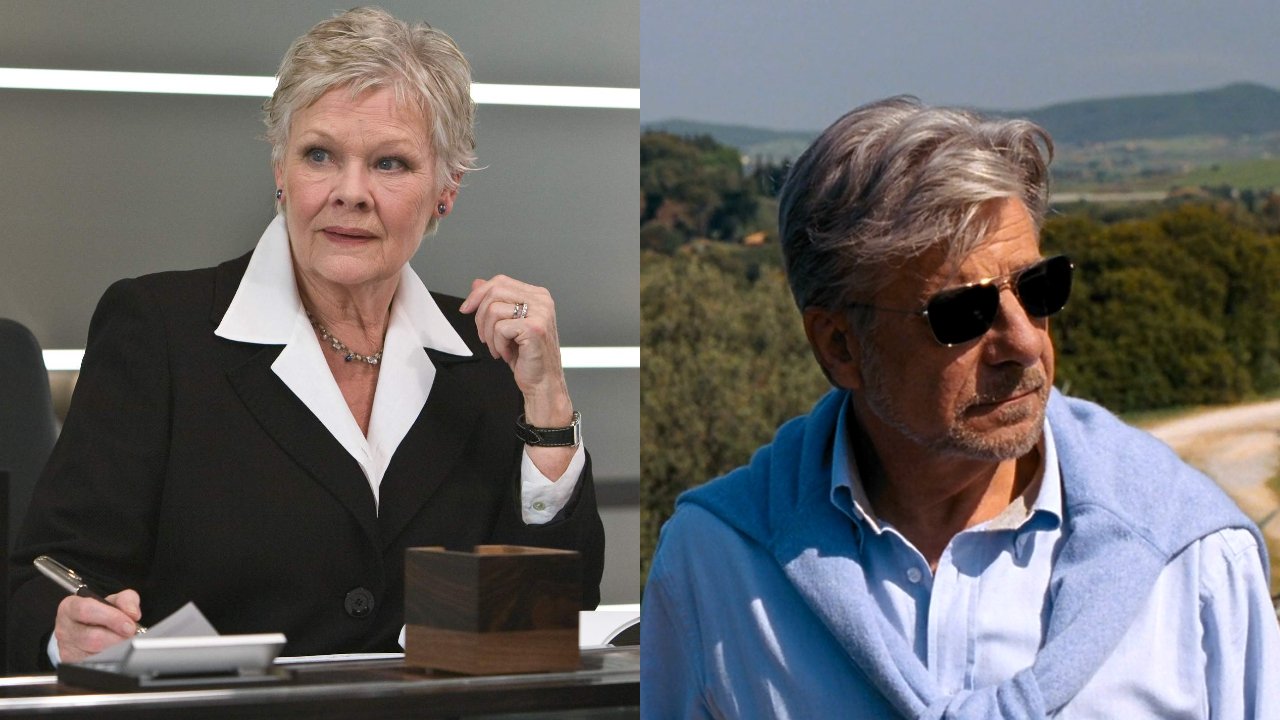
James Bond, M, And Réne Mathis: A Matter Of Trust
Another theme that carried over from Casino Royale, and would eventually become a benchmark for the rest of Daniel Craig’s run, is trust. A word so ingrained into Quantum of Solace that it’s built into the lyrics of its main theme, “Another Way To Die,” the theme would be put to its ultimate test in this James Bond entry. More specifically, Bond himself would need to determine who he could trust, while also convincing two of his allies that he himself could be trusted.
CINEMABLEND NEWSLETTER
Your Daily Blend of Entertainment News
In the case of M (Judi Dench), 007’s rogue mentality once again puts him at odds with his boss. Using the “overdeveloped trigger finger” she diagnosed him with in Casino Royale, James Bond is still in the habit of killing, rather than questioning. By the end of Quantum of Solace, Bond learns his lesson, and actually gives the last two baddies he faces an actual fighting chance.
Meanwhile, the path back to trust is another road altogether when it comes to Réne Mathis (Giancarlo Giannini) as he returns in Quantum of Solace. Having been arrested as an alleged spy for Quantum in Casino Royale, Mathis is cleared and given a handsome settlement for his troubles. Though he resists James Bond’s request for aid, he eventually comes back onboard, and even tries to help Bond sort through his problems. In both the case of M and Mathis, trust is maintained at the end of the adventure; though eventually both would eventually pay the ultimate price.
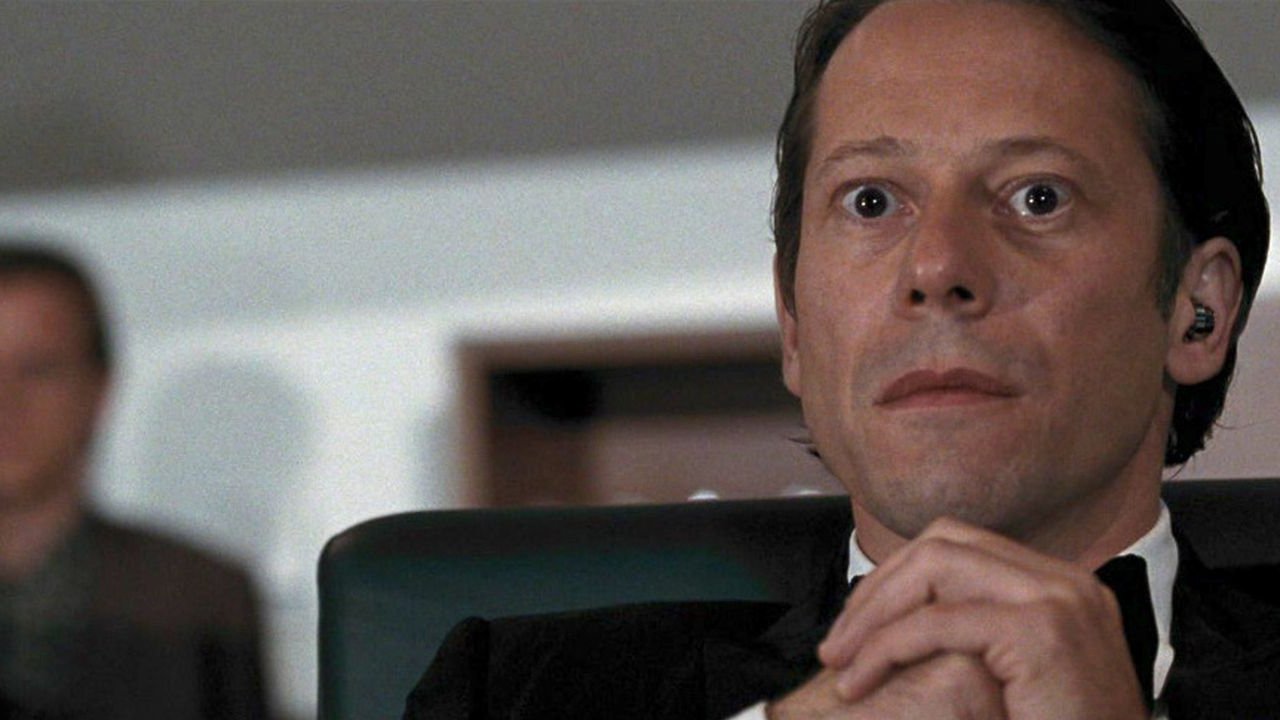
Dominic Greene, A Topical Bond Villain In The Daniel Craig Era
If there’s anyone that’s implicitly identified as the face of Quantum, it has to be eco-conscious business magnate/Bond villain Dominic Greene. Echoing some of the James Bond antagonists of the past, Quantum of Solace sees this slippery figure wheeling and dealing for random pieces of land that look absolutely useless. The world thinks he wants to control oil, but Greene is looking for something much more precious: water.
Playing James Bond and his accomplice Camille Montes (Olga Kurylenko) as pawns, Dominic Greene is the man of the hour in Quantum. Bond wants him dead, because he’s a part of the organization that led to Vesper’s death. Meanwhile, Camille is only using him to get to General Medrano (Joaquín Cosío), so that she can avenge her parent’s deaths. He knows enough about Bond, and Camille, to play them like pawns.
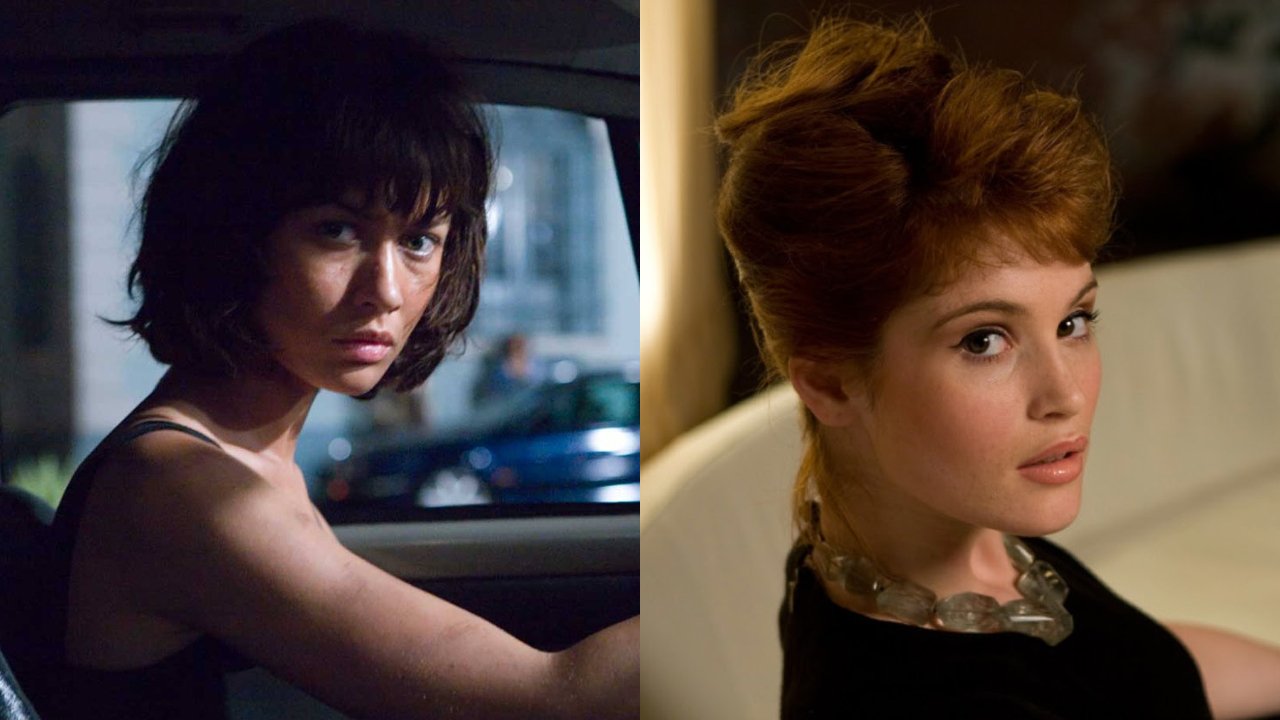
Camille Montes And Strawberry Fields, A Contrast In Bond Women
When it comes to the Bond women in Quantum of Solace, the movie both blazes a trail while also taking a step backward. Trailblazing duties go to Camille Montes, who is a totally modern Bond woman, focused on her own quest of vengeance. That motivation fuels both Bond and Camille, in the same way that Roger Moore’s 007 and Melina (Carole Bouquet) bonded in For Your Eyes Only. The big difference in scenarios is that, save for one kiss at the end, there’s no romantic relationship between Daniel Craig and Olga Kurylenko’s characters.
However, Gemma Arterton’s Strawberry Fields is definitely more of a traditional “Bond girl” archetype, right down to her ridiculous name. Agent Fields does have moments of usefulness in the overall plot, but unlike Camille, she does succumb to James Bond’s charms. Ms. Arterton’s criticisms of the role are spot on, and Ms. Fields remains as a character that really deserved better. Especially when her ultimate fate is another example of classic Bond rearing its head in the modern age.
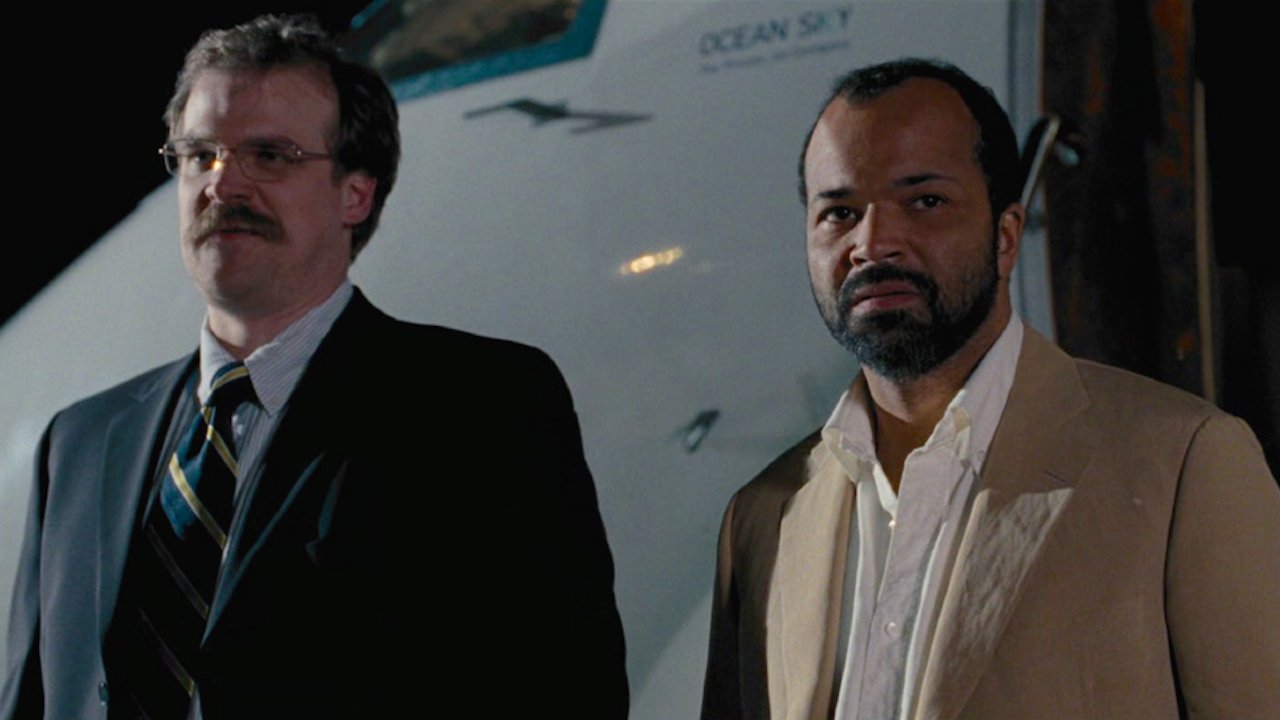
Felix Leiter, A Classic Friendship Evolves
For the first time in James Bond history, Felix Leiter (Jeffrey Wright) is played by the same actor, returning for two consecutive movies. Another key piece on Bond’s journey into serialization, Felix’s return in Quantum of Solace is the last we see of him until his return in No Time To Die. As always, a little Leiter goes a long way, as Felix assists 007 in his quest against Dominic Greene. Quantum of Solace puts Felix Leiter in a tough spot, as he wants to help his friend, but can only do so much.
As the CIA’s South American section chief Gregg Beam (David Harbour) is working with Greene on an official basis, the Special Relationship between US and UK intelligence only carries so much weight. Giving Bond the location of Dominic Greene’s clandestine meeting with General Medrano, Felix also grants his friend a head start before the CIA tries to apprehend him. For his efforts, Felix Leiter actually gets Gregg Beam’s job, once Dominic Greene is outed as the villain that he really is.
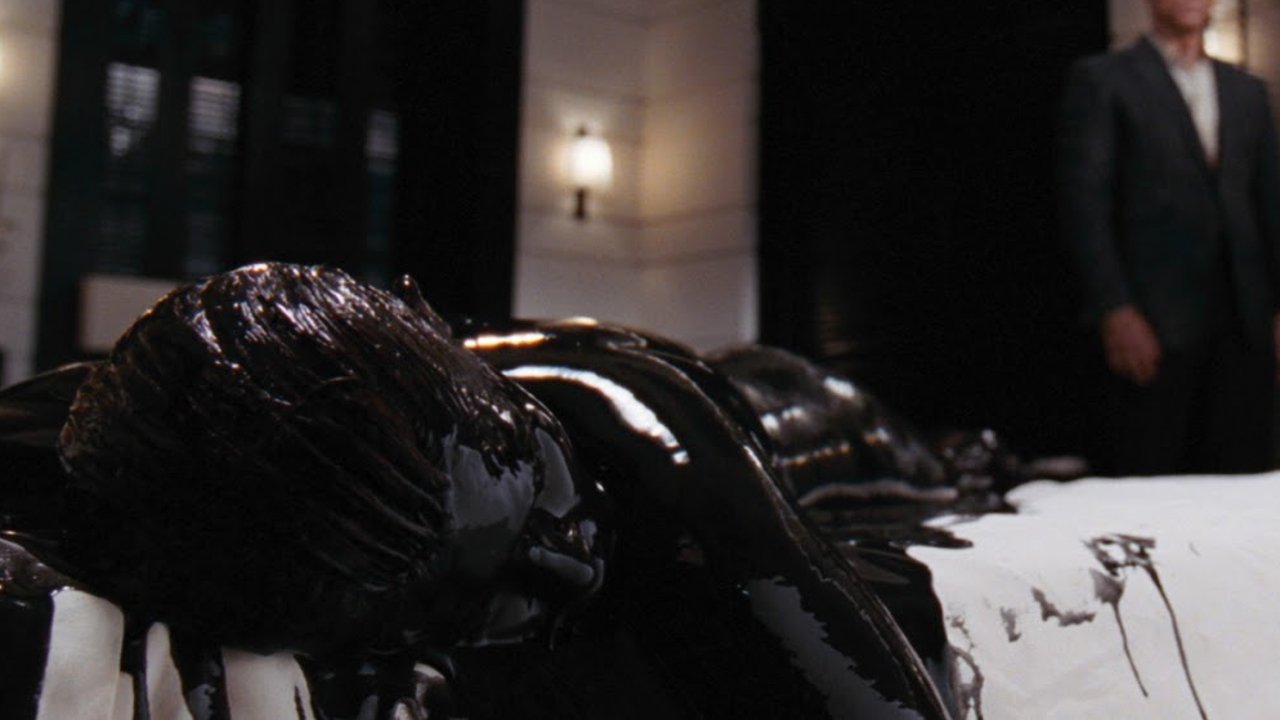
The Shadow Of Vesper Lynd, Or Bond’s Fallen Comrades
Bond’s quest for vengeance leads to dangerous places, and two of his allies fall as a result. One such tragedy is that of Réne Mathis, who is killed by cops on Dominic Greene’s payroll, with James Bond being framed in the process. Their newly reformed friendship ends on a bittersweet note, as Bond holds Mathis in his arms, while his dear friend leaves him one final message:
Vesper. She gave everything for you. Forgive her. Forgive yourself.
Another death with a pointed message is that of Strawberry Fields, who is murdered by Greene’s henchmen off screen. Drowned and painted in oil, similar to Goldfinger’s killing of Jill Masterson (Shirley Eaton), on the surface it feels like merely a classic Bond call back. Though the moment does serve a deeper purpose, as M lectures 007 about how his quest for revenge, and his usual charms with female agents, were the cause of Agent Fields’ death.
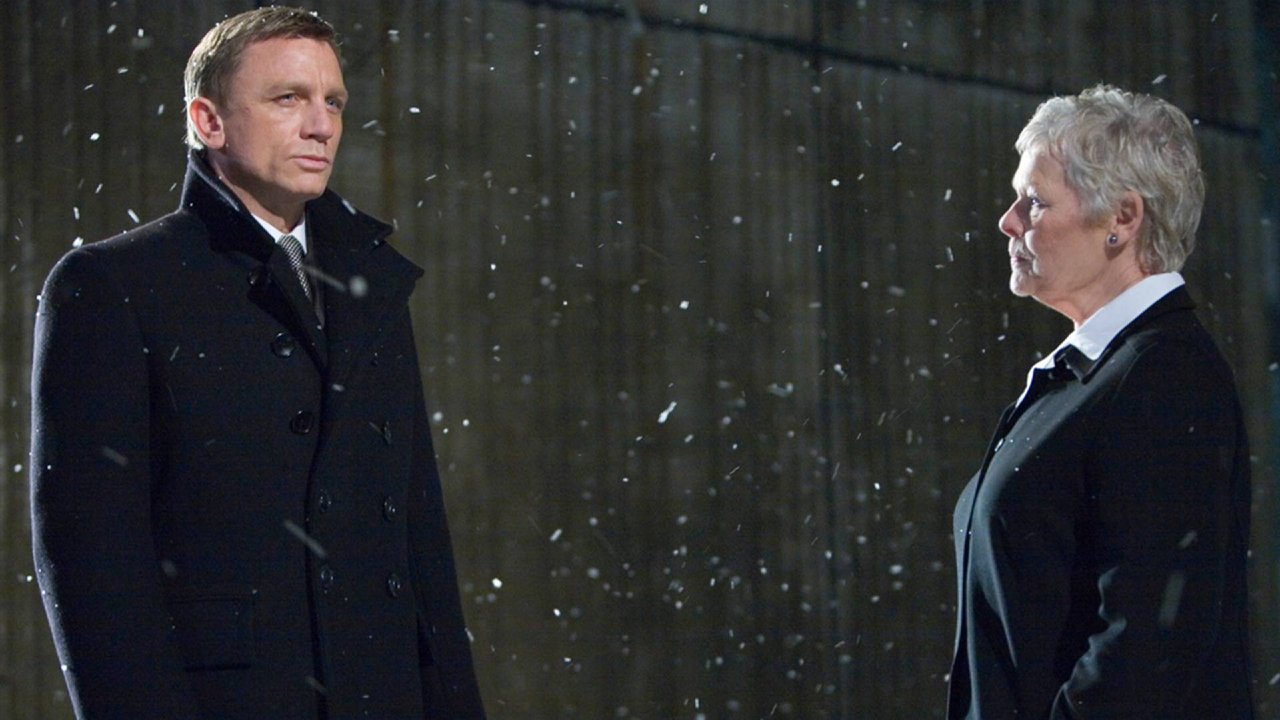
How The Ending Of Quantum Of Solace Defines The Daniel Craig Era Of James Bond
As Quantum of Solace progresses, we see Daniel Craig’s James Bond become a better, more controlled agent. Starting out as a rogue agent of sorts, his dedication to duty becomes stronger throughout this particular mission. By the time he and M have reunited on official business, after successfully cornering Vesper’s boyfriend Yusef Kabira (Simon Kassianides), Bond hands him over for interrogation.
For someone who literally had to kill to get this job, Quantum of Solace sees the “half monk, half hitman” approach to being a 00 agent questioned. Specifically, 007 begins to learn which half is appropriate for the situations he’s faced with. As he reaches his supposedly final destination in avenging Vesper Lynd’s death, the monk is more present than the hitman we saw dominating the first half.
Last, but not least, we see Quantum of Solace abstaining from making James Bond and Camille Montes a romantic item. Allowing their parting to be limited to one kiss, it’s more of a bittersweet departure than anything else. We learn that the dead don’t care about vengeance, and that Bond is still in an emotional prison. He got his revenge, but emotionally, he’s still got a ways to go.
At this point in the modern James Bond era, Daniel Craig’s incarnation is learning about the world around him, questioning who exactly he can trust. For a series that was always so clear cut about which women were safe, which agents were friends, and who needed to die by the end of the movie, Quantum of Solace questioned all of that. In turn, it defined the Craig era of movies as one gigantic maze, working on the back of one singular question: who can you trust? We’ll see that question asked in greater detail, as we’ll next examine how Skyfall refined the Daniel Craig era of James Bond.
In the meantime, feel free to consult our guide to the James Bond movies in order, so that you don’t mistakenly watch Spectre before Skyfall. Trust me, you’re not going to want to do that the first time out. And for a listing of 2021 movies headed to a theater near you, No Time To Die included, we’ve got that handy for you as well.

Mike Reyes is the Senior Movie Contributor at CinemaBlend, though that title’s more of a guideline really. Passionate about entertainment since grade school, the movies have always held a special place in his life, which explains his current occupation. Mike graduated from Drew University with a Bachelor’s Degree in Political Science, but swore off of running for public office a long time ago. Mike's expertise ranges from James Bond to everything Alita, making for a brilliantly eclectic resume. He fights for the user.
